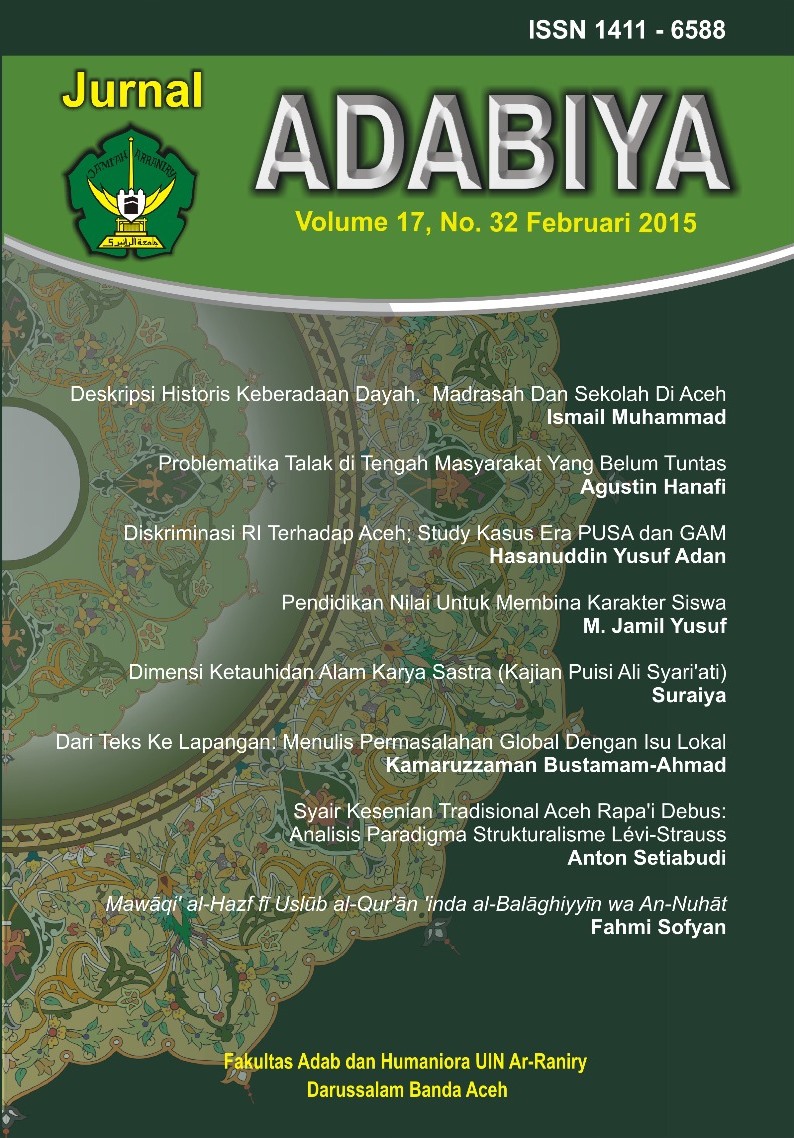References
Abdul Hakim, Al-Quran Cetak di Indonesia, Tinjauan Kronologis Pertengahan Abad ke-19 hingga Awal Abad ke-20, SUHUF Vol. 5 No. 02 (Jakarta: Lajnah Pentashihan Mushaf al- Quran, 2012
Abdul Hakim, “Penyalinan Al-Quran Kuno Di Sumenep”, SUHUF Vol. 9, No. 2 ,
,Jakarta: Lajnah Pentashihan Mushaf al-Quran, 2016
Ali Akbar, Tradisi penyalinan Mushaf Al-Quran Di Aceh (Jakarta: Bayt Al-Quran dan Museum Istiqlal, 2008),
Ali Akbar, Manuskrip Al-Qur’an dari Sulawesi Barat, dalam Jurnal Kajian A-Qur’an SUHUF, Vol. 7, No. 1, 2014
Ali Akbar, Khasanah Mushaf Kuno di Indonesia, dalam “Mushaf al-Quran di Indonesia dari Masa ke Masa”, Jakarta: Lajnah Pentashihan Mushaf al-Quran, 2011
Ali Akbar, Khazanah Mushaf Kuno Nusantara, dalam Oman Fathurrahman, “Filologi dan Islam Indonesia”, Jakarta: Kementerian Agama RI Badan Litbang dan Diklat Puslitbang Lektur Keagamaan, 2010
Muchlis M. Hanafi. Keindahan mushaf Al- Quran Kuno Nusantara (Jakarta: Lajnah Pentashihan Mushaf Al-Quran, Badan Litbang dan Kementrian Agama RI,
Nabilah Lubis, Naskah Teks dan Metode Penelitian Filologi, Jakarta: Yayasan Media Alo Indonesia, 2007
Oman Fathurrahman & Munawar Holil, Katalog Naskah Ali Hasjmy Aceh, Tokyo: C-Dats & Tokyo University of Foreign Studies, 2007
Oman Fathurrahman, “Filologi dan Islam Indonesia”, Jakarta: Kementerian Agama RI Badan Litbang dan Diklat Puslitbang Lektur Keagamaan, 2010
Samsul Bahri, Peran Perguruan Tinggi Islam Di Aceh Dalam Kajian Naskah Mushaf Kuno, Banda Aceh: Fakultas Ushuluddin, 2018
Siti Baroroh Baried. Pengantar Teori Filologi. Jakarta: Pusat Pembinaan dan Pengembangan Bahasa, 1995
Sri Wulan Rudjiati Mulyadi.. “Kodicologi Melayu Indonesia”, Depok: FIB UI, 1994
Syaifuddin dkk., “Beberapa Karakteristik Mushaf Al-Qur’an Kuno Situs Girigajah Gresik”, dalam Jurnal Suhuf, LPMQ Balitbang Diklat Kemenag RI, Vol. 8, No. 1, Juni 2015
Zarkasi Afif. “Metode Penelitian Mushaf Kuno Al-Qur’an Beberapa pendekatan k odik ol ogi dan ulumul Quran”,Jakarta:Bayt Al-Quran dan Museum Istiqlal
Website
Muzakkir/aceh independent di http:// visitacehdarussalam.blogspot .
com/2012/11/memburu-naskah- kuno- di-mana-manuskrip.html?m=1, diakses 22 Juni 2018
Ali Akbar di http://quran-nusantara.blogspot. com/2012/02/tradisi-penyalinan- al-quran-di-aceh.html#more, diakses tanggal 28 Juni 2018
Wawancara
Wawancara dengan Tarmizi A Hamid kolektor manuskrip tinggal di Banda Aceh
Wawancara dengan Hermansyah, MA filolog
dan dosen tetap FAH UIN Ar-Raniry



